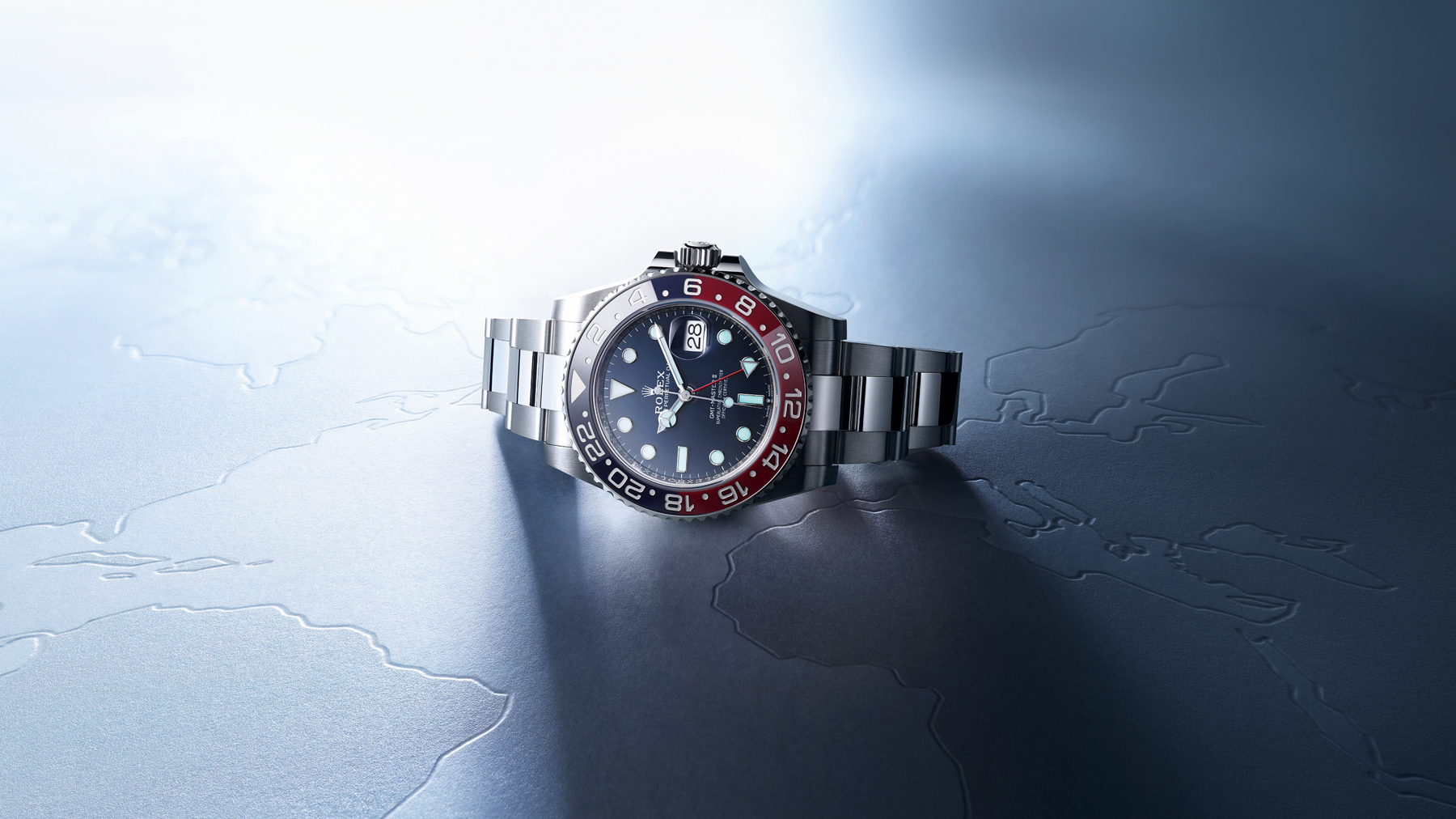
If you're looking to upgrade from a watch that simply tells the time to something more complex, a GMT is a great option. These watches usually look quite simple, but can be used to tell two or even three different time zones at once, making them perfect for frequent travelers.
They’re a great option for anyone who works across multiple time zones, or who has family living abroad. There are a huge number of GMT watches available to buy, and while the most notable GMTs are from the likes of Rolex, Omega and Tudor, there are options to suit almost every budget.
In fact, we’ve reviewed several affordable GMT watches here at T3 recently, including the Spinnaker Bradner GMT Automatic and Marloe Day GMT.
What is GMT?
First, let’s start with the basics. Created in 1884 to help synchronise Britain’s growing maritime industry, GMT stands for Greenwich Mean Time and refers to the time at the Royal Observatory in London, England. It is also known as UTC, or Coordinated Universal Time. Since time zones count outwards from GMT/UTC, knowing the time there means you can quickly calculate the time anywhere in the world.
What is a GMT watch?

At its simplest, a GMT watch is one that has a secondary hour hand for showing the time at GMT, no matter where you are. The GMT hand moves at half the speed of the primary hour hand, completing a lap of the dial in 24 hours instead of 12. It points at a 24-hour scale, which when combined with the watch’s single minute hand tells the time in a second time zone.
The first GMT watch arrived in 1953. It was called the Glycine Airman, and while it used 24-hour markings and a rotating bezel to help pilots keep track of time, it now lives in the shadow of the better-known Rolex GMT-Master. This watch landed in 1954 and was the result of the Pan Am airline asking the Swiss watchmaker to create a timepiece that could show pilots GMT on long-haul flights. Alternatively, the watches could be used to keep track of their departure and arrival time zones.
How does a GMT watch work?

Some GMT watches have a rotating bezel and some don't. First, let’s look at the latter. These have a secondary hour hand that laps the dial once every 24 hours and points at a 24-hour scale; sometimes this scale is on the inside of the dial, other times it appears around the outer circumference, or on a fixed bezel that does not rotate (like that of the Rolex Explorer II).
You simply set the secondary hour hand to either GMT or your preferred second time zone, using the 24-hour markings, then set the primary hands to your local time zone, using the watch’s 12-hour markings, and you’re done. A glance at the watch now shows the time in two time zones at once.
Now for GMT watches with a rotating bezel. Unlike the unidirectional bezels of diving watches, GMT bezels can be turned in either direction. They also tend to use two distinct colours; one for each half of their 24-hour scale. The original Rolex gmt-Master used red to indicate the 12 hours of daytime and blue to indicate nighttime, making it even easier to tell the time of GMT or your preferred secondary time zone.
The newer GMT-Master II is available in several different colour ways, including black and blue (known as the Batman), black and green (known as the Hulk), black and bronze (known as the Rootbeer) and all-black. The blue and red colour way (known as the Pepsi) is also still available, and appears on other GMT watches too, like the Tudor Black Bay GMT.
Using the bezel of a GMT watch
Now to step things up a gear. GMT watches with rotating bezels let you quickly calculate the time in a third time zone. The common approach here is to set the primary hands to your local time zone, then set the secondary hour hand to GMT (also known as UTC), and rotate the bezel when you want to check a third time zone.
You need to know how many hours ahead or behind GMT the third time zone is (such as Paris being GMT+1, or Los Angeles being GMT-8), but with that bit of knowledge you’ll always know the time at home and away. What’s more, you can read all three times without stopping the watch, or even so much as touching the crown.







